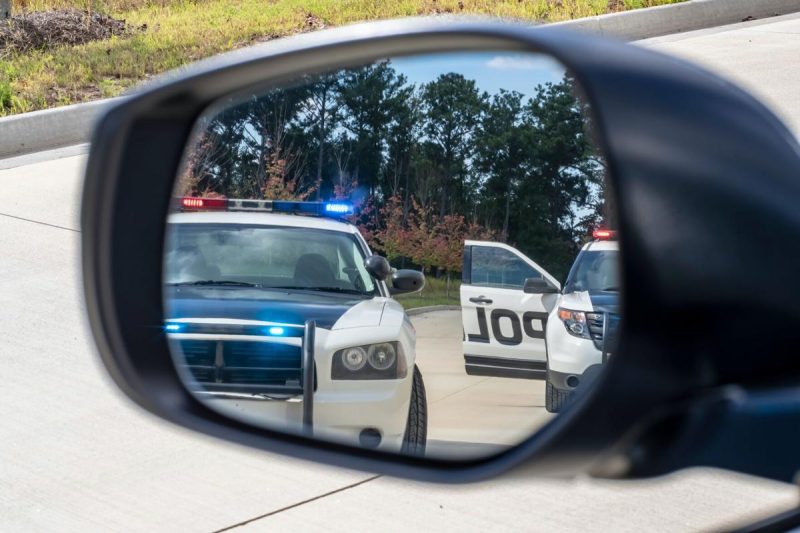By Anthony Hennen | The Center Square
(The Center Square) – Alcohol-related crashes in Pennsylvania hit a five-year low in 2020. While motor vehicle-related injuries also have fallen, the death toll has been relatively flat.
“Alcohol-related fatalities are trending downward,” the Pennsylvania DUI Association noted. The state saw 7,700 alcohol-related crashes in 2020 and 293 fatalities in 2020, compared to 9,390 crashes and 299 fatalities in 2019. In 2016, 10,256 crashes occurred, with 297 fatalities.
Injuries, however, fell significantly: while 2016 had 6,589 injuries, 2020 had 4,917, a 25% reduction.
Keeping the number of drunk drivers low has outsized benefits. “Although alcohol-related crashes accounted for approximately 7% of the total crashes in 2020, they resulted in 26% of all persons fatally injured in crashes,” the PA DUI Association noted.
The problem is generally one of youth.
While the number of fatalities involving drunk drivers under the age of 21 has increased in recent years, the youngest drivers aren’t the most likely to die in an alcohol-related crash. Instead, it’s drivers aged 31-35, as well as drivers aged 26-30. Those two groups account for 80% of driver fatalities in alcohol-involved crashes.
Overall, drivers ages 21-35 had the most crashes connected to alcohol.
On the bright side, however, underaged and drinking drivers in crashes have fallen dramatically. In 2011, 943 crashes happened that involved drivers who were drinking and underaged. By 2020, only 441 crashes occurred.
Nationally, Pennsylvania fares relatively well. It’s 39th in drunk driving crashes and has followed the overall trend of declining crash-fatality rates.
Preventing drunk-driving injuries and deaths depends on a few factors.
Police enforcement is one aspect. “DUI checkpoints are consistently found to reduce crashes,” one study found, and that included non-alcohol-related crashes.
Cultural beliefs matter, too.
“Increases in factors associated with anti-alcohol community norms, values, attitudes, and beliefs were related to decreases in alcohol related crashes at the county level,” Richard J. Stringer, a professor of sociology and criminal justice at Kennesaw State University, argued. “Conversely, measures associated with pro-alcohol factors were related to increased alcohol-related crashes.”
Something overlooked could also play a role: street design.
“Roadway design has a strong impact on how people drive and is often more influential on driver behavior than the posted speed limit,” Steve Davis of Smart Growth America has noted. When roads and streets have fewer barriers to speed or don’t account for pedestrians or cyclists, they’re put at greater risk.
